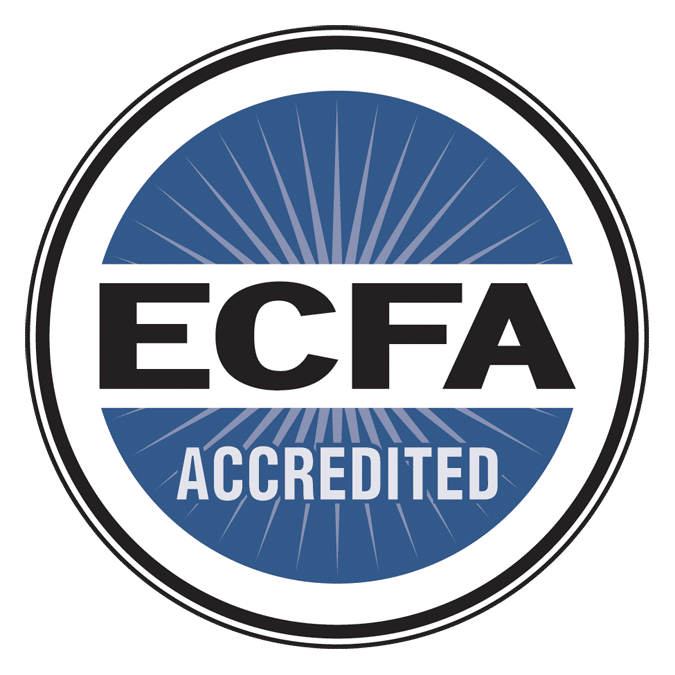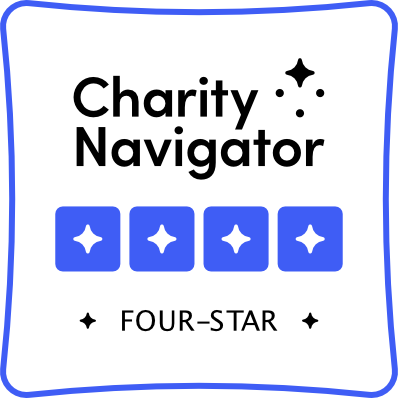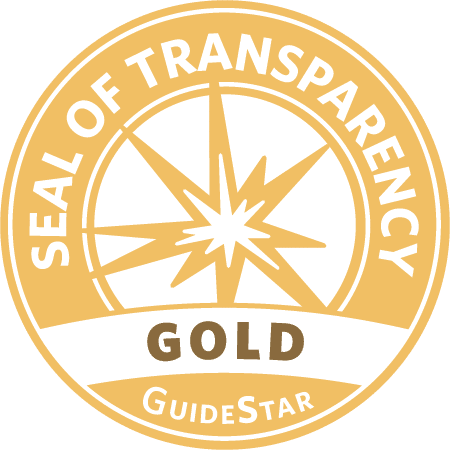Disability Mission in Singapore
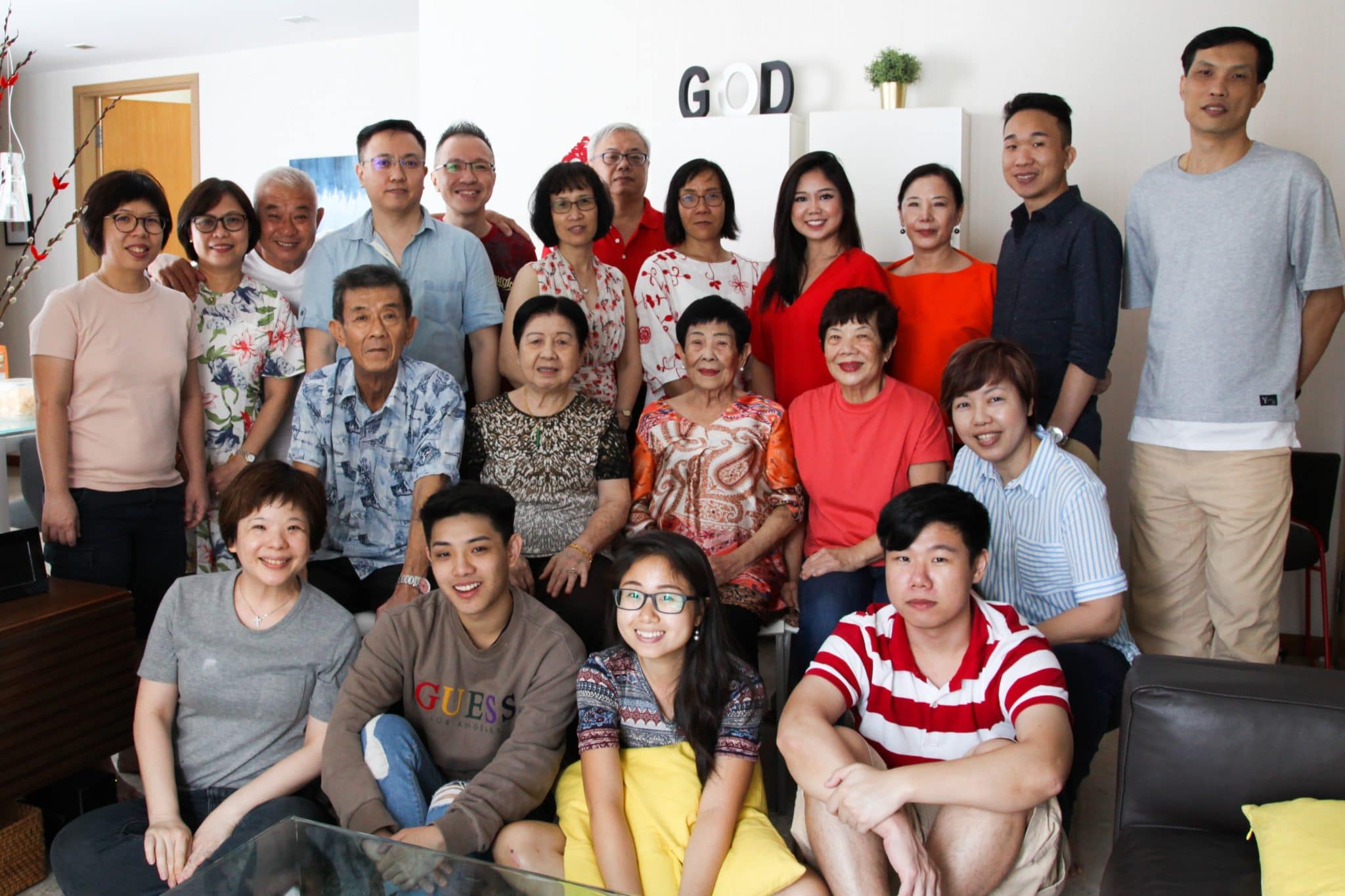
How can Christian mission include people with disabilities?
Growing up in multi-ethnic Singapore, I was aware of the cultural differences between ethnicities. When discussing missions, my church would emphasize sensitivity toward people from different cultures, in a word, ‘including’ them. However, I had never heard of being sensitive to non-ethnic groups such as people with disabilities.
As part of a research internship with the Centre for Disability Ministry in Asia (CDMA), I read up on disability issues as well as Christian perspectives on disability. I also learned more about people with disabilities in my native Singapore. For one example, I never realized that disability could be seen as a culture. People with disabilities could share a language, set of practices, and have similar experiences! This discovery raised a question in my mind, How then can our Christian mission be sensitive to people with disabilities?
Developing a Christian perspective on disability.
As I learned about Christian perspectives on disability, I was amazed to encounter God and his Church in a new way. The Scriptures gave me a richer picture of God and the Church.
God intentionally chose Moses who was “slow of speech and tongue” (Exodus 4:10) to be a great leader. God knew what he was doing. Through Moses, he demonstrated his power in human weakness. Jesus had a special love for people with disabilities. He often ministered to them and displayed the works of God in healing them (John 9:3). Jesus did not despise imperfect bodies and was unashamed to bear his own scars (John 20:27). Crucially, disability is not a threat or embarrassment to God’s people. After all, isn’t the same, one Holy Spirit is in all Christians (1 Corinthians 12:13) with or without disabilities?
As I conducted my research, disability leaders strongly encouraged me to read stories of Christian missionaries with disabilities. These helped me realize that Christians with disabilities have a long and important history in mission. More than a century ago, Paul Kaputula Kasonga lost his fingers and toes to leprosy. But that did not stop him from traveling great distances to bring the gospel to others. His friends transported him many miles on a litter to get from place to place. He even trained pastors and missionaries in other locations than his home.
Excited by these perspectives, I wanted to learn how we in Singapore could minister not only to but with people with disabilities better. Unfortunately, there were moments when I felt there was a disconnect between the books I was reading about missionaries with disabilities and the Singapore context.
Why didn’t people with disabilities participate more in my own country?
Of course, I have since come to realize that Singapore is not unique in this neglect. God’s called, gifted, and commissioned people with disabilities should serve in mission and other leadership roles as well.
I soon saw that in Singapore, people with disabilities are more likely to be cared for by their family members than professionals. This could be a great opportunity to reach out to families with disability. In fact, small-groups are usually the lifeblood of Singapore’s churches. It is in small-groups that the Christian community is built. People with disabilities could get their start in mission there.
But sadly, I did not read much about involving the family members of people with disabilities, nor about building communities for them. What would mission to and with people with disabilities look like in Singapore? I wondered; would it be different from elsewhere?
Carving out spaces for missions specifically for people with disabilities.
My research internship led me to 3 amazing disability ministries in Singapore. I was pleasantly surprised to discover that they actually did exist, although they are very few in number. My first encounter with a disability mission was with Jesus Club (JC).
Two Singaporean Christians who had lived in Australia and were involved in Australia’s JC founded Singapore’s JC. Upon returning to Singapore in 2013, they started the ministry that their home church hosted. Since then, this JC has become an ongoing and full ministry. In fact, they have gone on to plant a JC in another part of Singapore.

JC is a biweekly adapted church service for and with people with intellectual disabilities. It is sensitive to participants who need consistent routines, and others who need a high level of engagement. The ministry’s sessions are structured, with many participative elements such as small-group sharing and games.
I was impressed by Singapore’s JC’s leaders. Their awareness of Singapore’s disability culture melded with sensitivity toward meeting the needs of Christians with disabilities. For example, because JC’s leaders noticed that Singapore’s churches tended to focus on ministering to children with intellectual disabilities, Singapore’s JCs exclusively partner with adults.
Furthermore, JC leaders engaged Singapore’s strong family and community culture in their mission approach. In contrast to Australia’s JC, Singapore’s JC’s vision is more church-centered; they aspire to be a community of God’s people. Relatives of people with disabilities regularly attend and participate in sessions, for example, by helping to prepare snacks. JC actively reaches out to the community surrounding the person with disability by inviting their families and friends to events like their annual Christmas outreach, and by extending pastoral support by JC’s pastor-in-charge.
Including people with disabilities by cultivating a sense of belonging.
My second disability mission experience was Sunday services at Chapel of Christ our Hope (CCH). CCH is an Anglican church founded in 2012, as a “safe and inclusive community for families with members with autism to come alongside other families in fellowship.”[1]
CCH has approximately 100 members, with about 15-20% of its congregation having autism. CCH was established in conjunction with Saint Andrew’s Autism Centre (SAAC), a school for children on the moderate to severe end of the autism spectrum. Both organisations support the work of the other; CCH extends chaplaincy care to SAAC, while SAAC holds occasional courses for CCH’s volunteers.
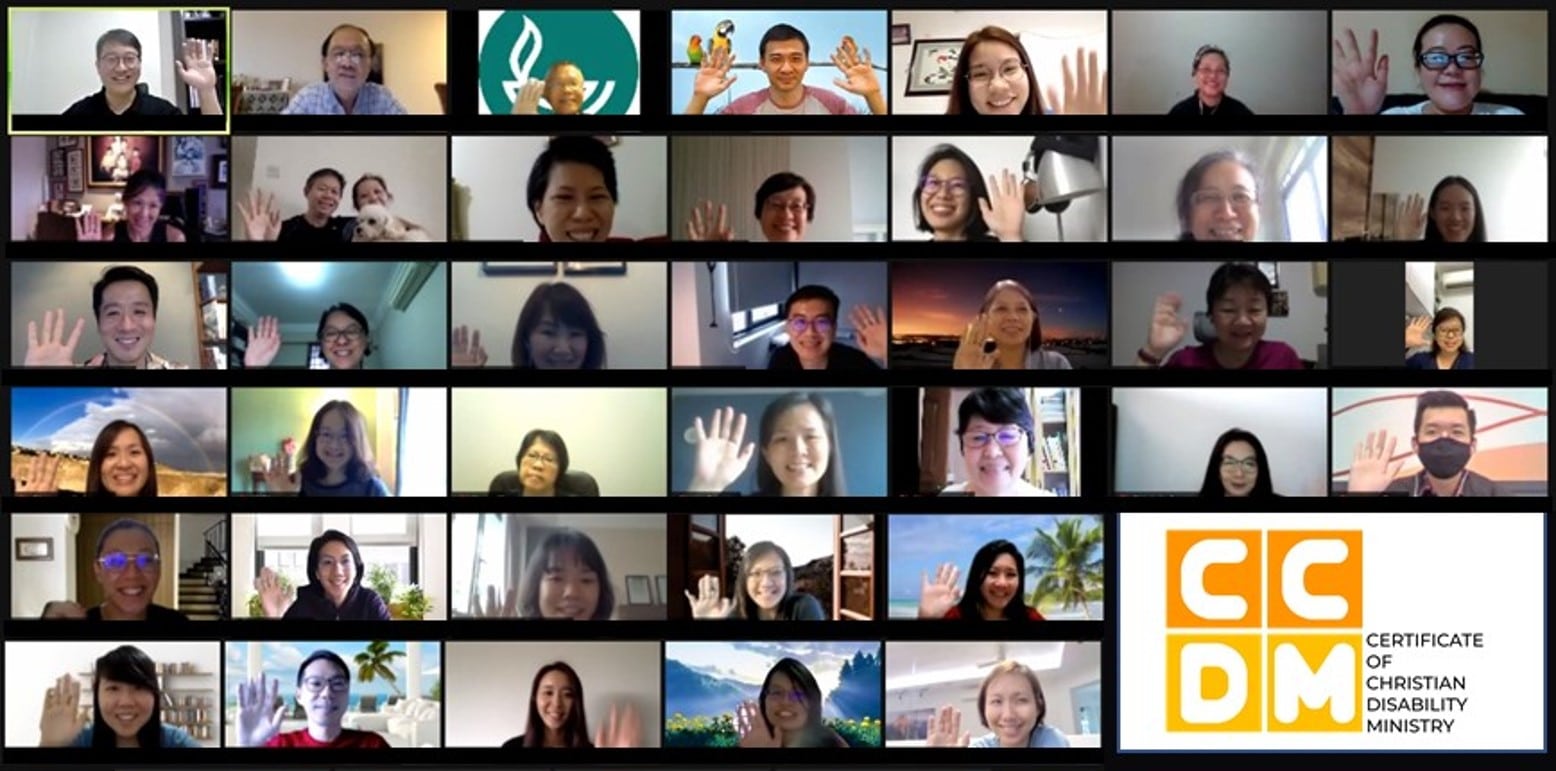
My time at CCH profoundly enriched my idea of church because CCH had re-imagined Singapore’s church culture!
Singaporeans uphold the value of ‘meritocracy’ which means selecting leaders based on proven achievements. Also, our Chinese culture has a concept of ‘mian zi’ literally translated ‘face’, but here refers to the concept of reputation, dignity, or honor. Arguably, these values have seeped into Singapore’s church culture, so we tend to choose leaders with many accomplishments and strategically select mission initiatives and missionaries that produce visible, quick, and striking results.
Though putting our best efforts towards God’s work is good, when it comes at the expense of excluding certain peoples because they seem disruptive, or because ministering to them takes too much effort and does not yield significant and lasting results, I think we have strayed dangerously away from the gospel.
In fact, I felt that CCH’s ministry was greatly blessed because they included people with disabilities. I heard testimonies of how the church has grown. It was through this community that God worked to cultivate a heart in others for people with disabilities.
I witnessed a great overflow of communal Christian love; love that was non-judgemental and gave of itself, naturally.
The congregation did not grow frustrated when people with autism paced along the aisle during the sermon, nor when enthusiastic but syncopated and off-tune singing occurred.
True inclusion extended to the whole congregation, such that none needed to be self-conscious in their worship. Singapore’s performance-based and ‘mian zi’ culture was truly overturned here!
Creating spaces by training, supporting, and conducting mission research.
My last disability mission engagement was with Koinonia Inclusion Network (KIN). KIN is a parachurch network based in Singapore with the mission of “enabling Christian communities by celebrating and serving through our God-given diversity in disability.”[2]
Having worked in a Singaporean church, I understand that leading a church here is extremely challenging. Leaders struggle because so much needs to be done such as preparing for sermons, and maintaining financial records. Then there is so much more that leaders would like to do such as more mission initiatives, and building deeper relationships with members. But why wouldn’t they prioritize disability in mission as much as these other initiatives?
In my understanding, most Singaporean churches do not engage with disability missions for two reasons.
- They may not be unaware of this invisible population and its needs. Or, maybe they are not connected to experts on disabilities, consequently, they do not know where to start.
- Another possibility is that maybe leaders are flooded with other things to do and there is too much information about disabilities to look into or they don’t know where to find it.
Probably it is a combination of many or all these factors.
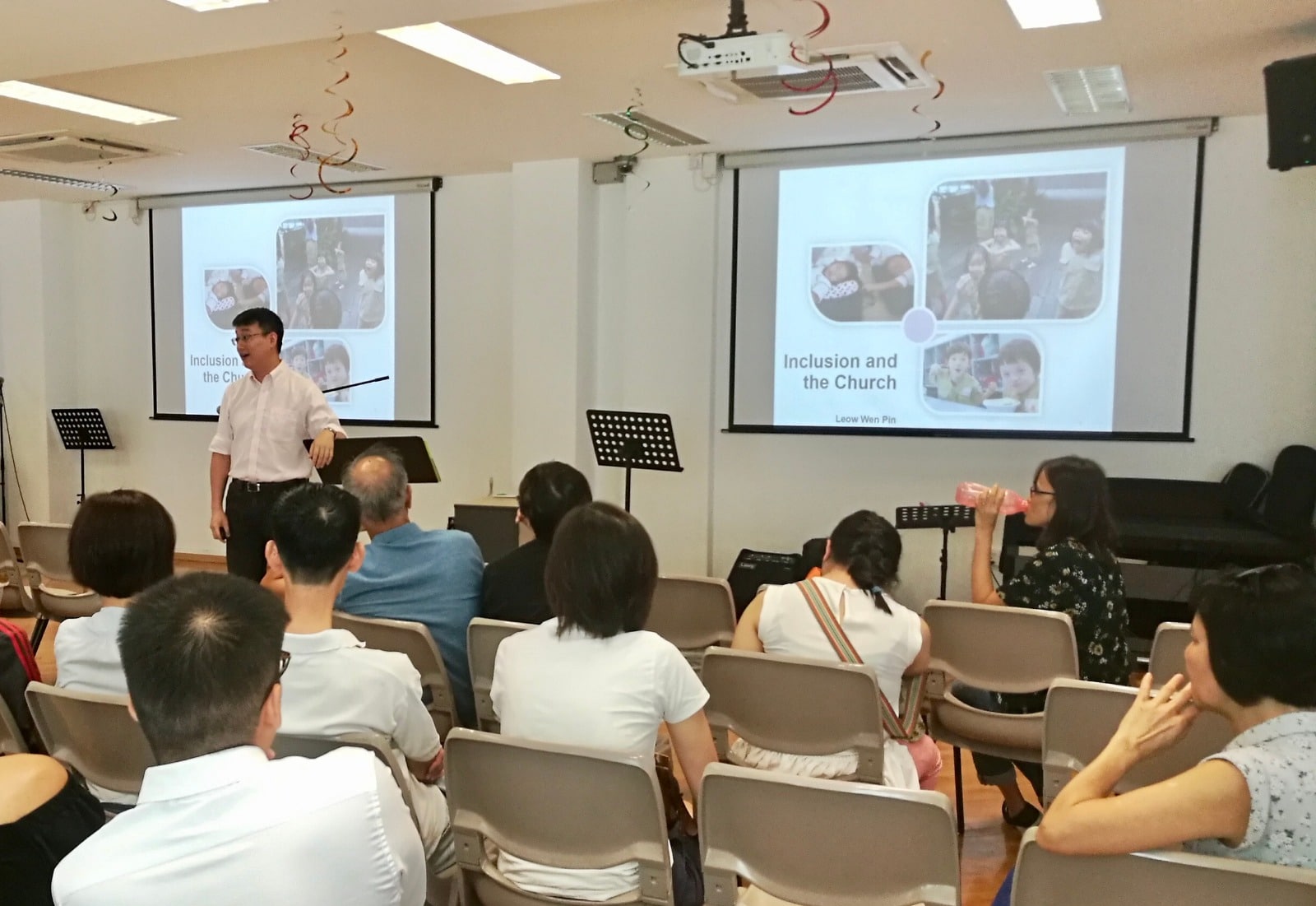
That is where KIN walks alongside churches, meeting them at whatever stage they are in with disability ministry. For example, for those who don’t know where to start, KIN serves as a broad platform where multiple perspectives on disabilities and Christian ministry come together. KIN also regularly offers the Certificate of Christian Disability Ministry training program for lay Christians and leaders. For those who desire more intentional and focused mission, KIN provides consultancy services and has crafted dedicated packages for Christian organizations and churches.
Leading by example, KIN champions Christian missions to and by persons with disabilities, for example through telling and publishing their stories. KIN also furthers the work of Christian disability ministry by conducting research and producing resources which come from different disciplines, regions, and cultures. KIN also innovates for the Asian context.
Participating in the church-with-others.
What did I learn from my research and my exposure to Singaporean churches and ministries? I came to realize that we have good models to follow for disability in mission and committed organizations that will come alongside churches and leaders to help them get started in disability inclusion.
But I also learned that when God changes the hearts of pastors and their churches, and when God’s people participate with one another, there is no end of innovative ideas and energy to implement them in churches empowered by the Holy Spirit.
God wants to include all people with disabilities in his church and in his mission. All that we need to do is to look to him for our guidance and to draw upon his endless supply of courage and love. Then and only then will his house be truly full (Luke 14:23).
Written By—Ong Ching Hui
Ong Ching Hui was a research associate with the Centre for Disability Ministry in Asian and is currently pursuing her Master of Divinity degree at Trinity Theological College, Singapore.
Edited by David C. Deuel & Nathan G. John
[1] “Chapel of Christ our Hope,” St Andrew’s Autism Centre, accessed 22 May 2020, https://www.saac.org.sg/index.php/about-us/chapel-of-christ-our-hope.
[2] “About KIN,” Koinonia Inclusion Network, accessed 22 May 2020, http://www.kin.org.sg/about-kin/.

Disability in Mission
Disability in Mission: The Church’s Hidden Treasure outlines a radical change in approaches to missiology, missions, and praxis for the twenty-first-century global cultural context. It explores a pattern whereby God works powerfully in missions through disability and not in spite of it.



